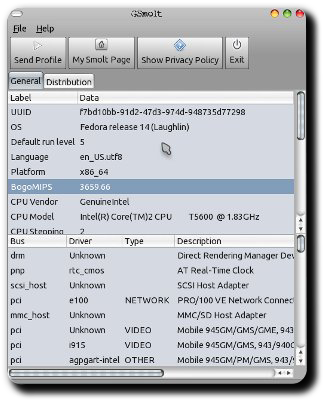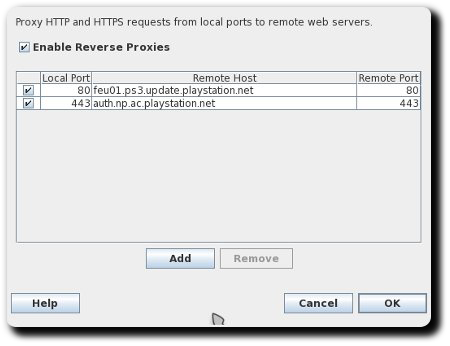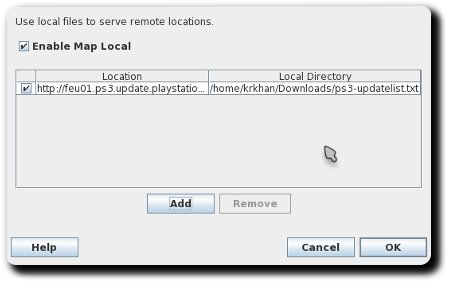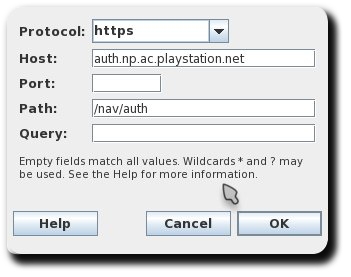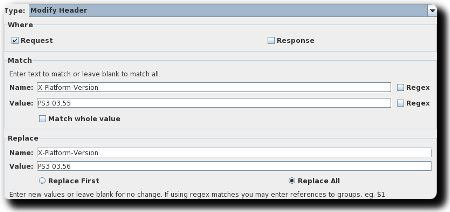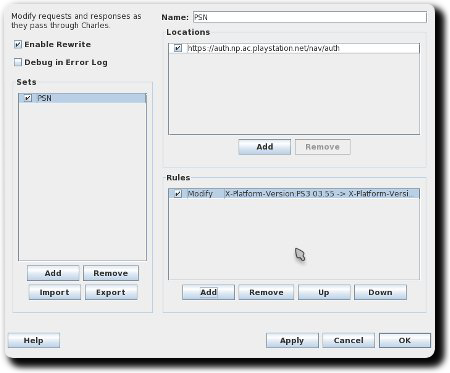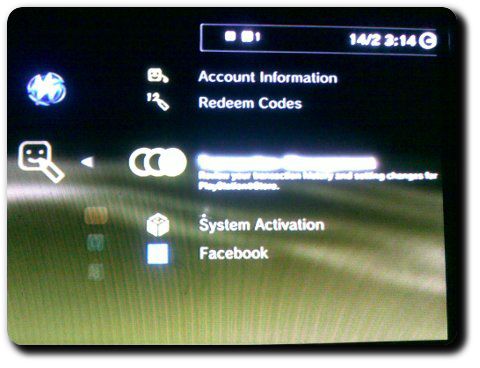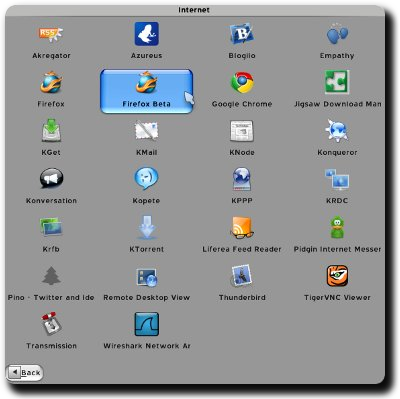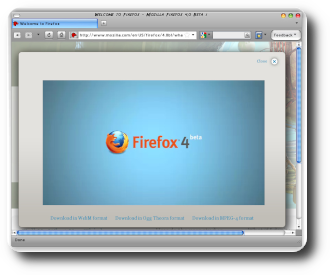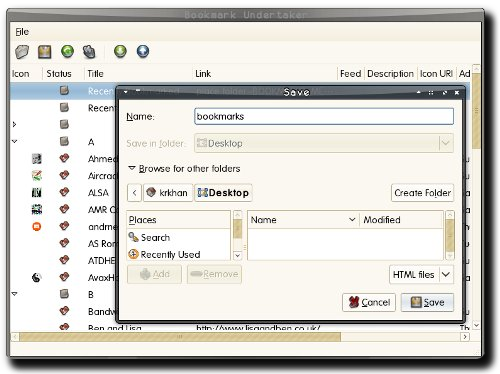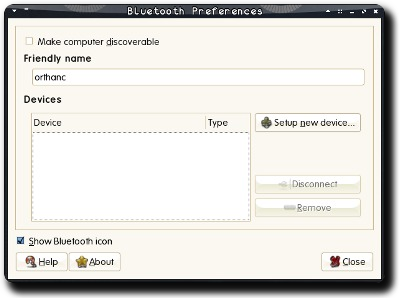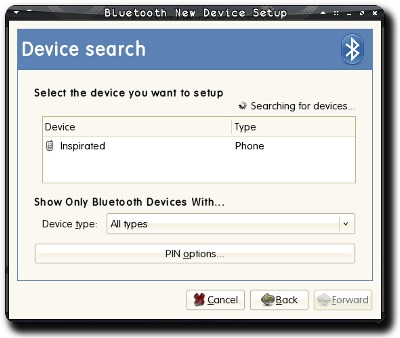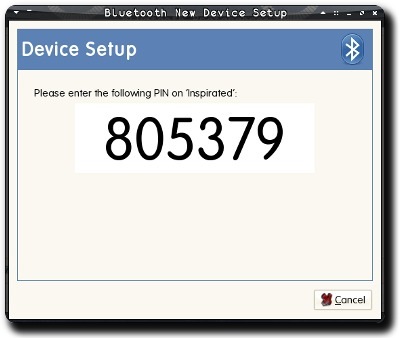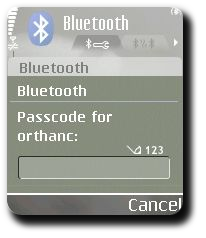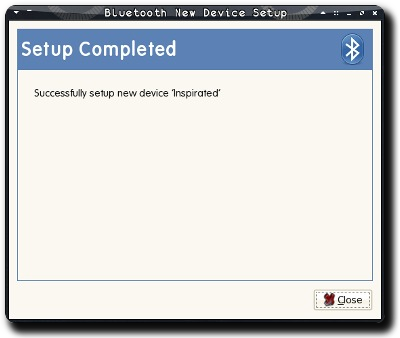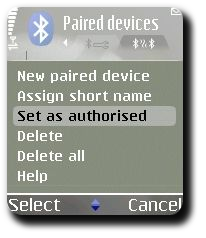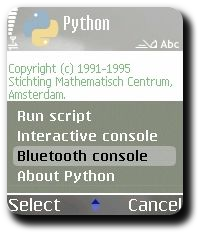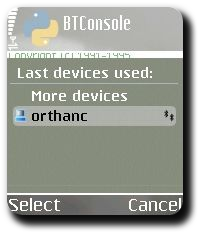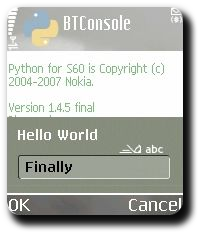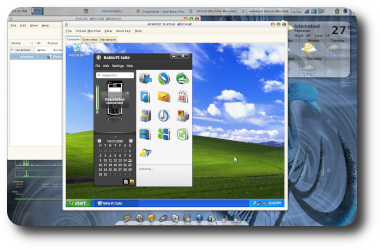There and Back Again — Google Summer of Code 2011
After completing my project for last year‘s Summer of Code my degree was delayed for a while because of flunking a few courses. Glass half full, this gave me the chance to participate once more before I finally graduate this summer — Deo volente.
In a repeat of last year I once again became a duplicate student as my proposals for both Fedora and Tor projects ended up in top slots. Both organizations were really nice in the de-duplication process and inquired about my preference which inclined towards Tor since it allowed me to contribute to fields of privacy and anonymity. In words of Free Software Foundation:
Using free software, Tor has enabled roughly 36 million people around the world to experience freedom of access and expression on the Internet while keeping them in control of their privacy and anonymity. Its network has proved pivotal in dissident movements in both Iran and more recently Egypt.
This by no means implies any lesser significance for Fedora in my life and I would have been as much enthused had it been my mentoring organization for the summer instead of EFF. However, since I had to make a choice I went for the option where I would be contributing more directly to privacy enhancing technologies.
My project this summer revolves around improving the excellent Anonymizing Relay Monitor (arm) which is used by the Tor community to monitor and control bridges and relays. The complete proposal can be read here (or via the original PDF). It contains nitty-gritty details of my summer aspirations as well as non-technical stuff like why I want to contribute to this particular field.
I Know What I Did Last Summer, and I’m looking forward to doing it again. Quoting myself from FLOSS Manuals:
Tags: arm, Code, EFF, Fedora, Google, GSoC, Open Source, Rants, Summer of Code, Tor“Summer of Code is about much more than just code. The sheer fun of integrating with the open-source community and your mentoring organization can in fact outweigh the gratification of actual coding. “




